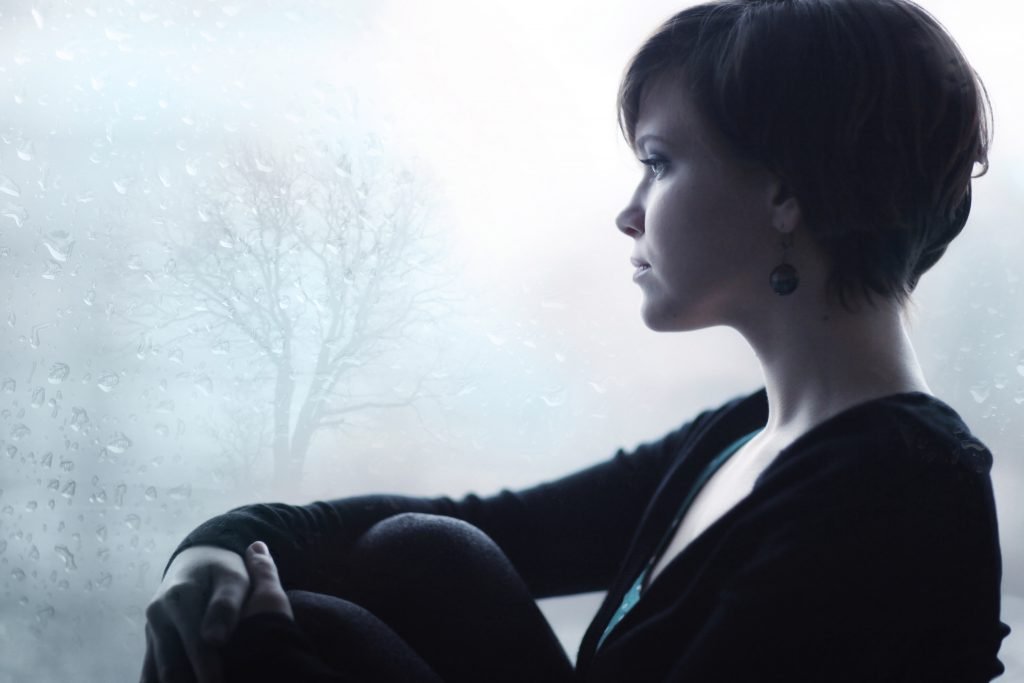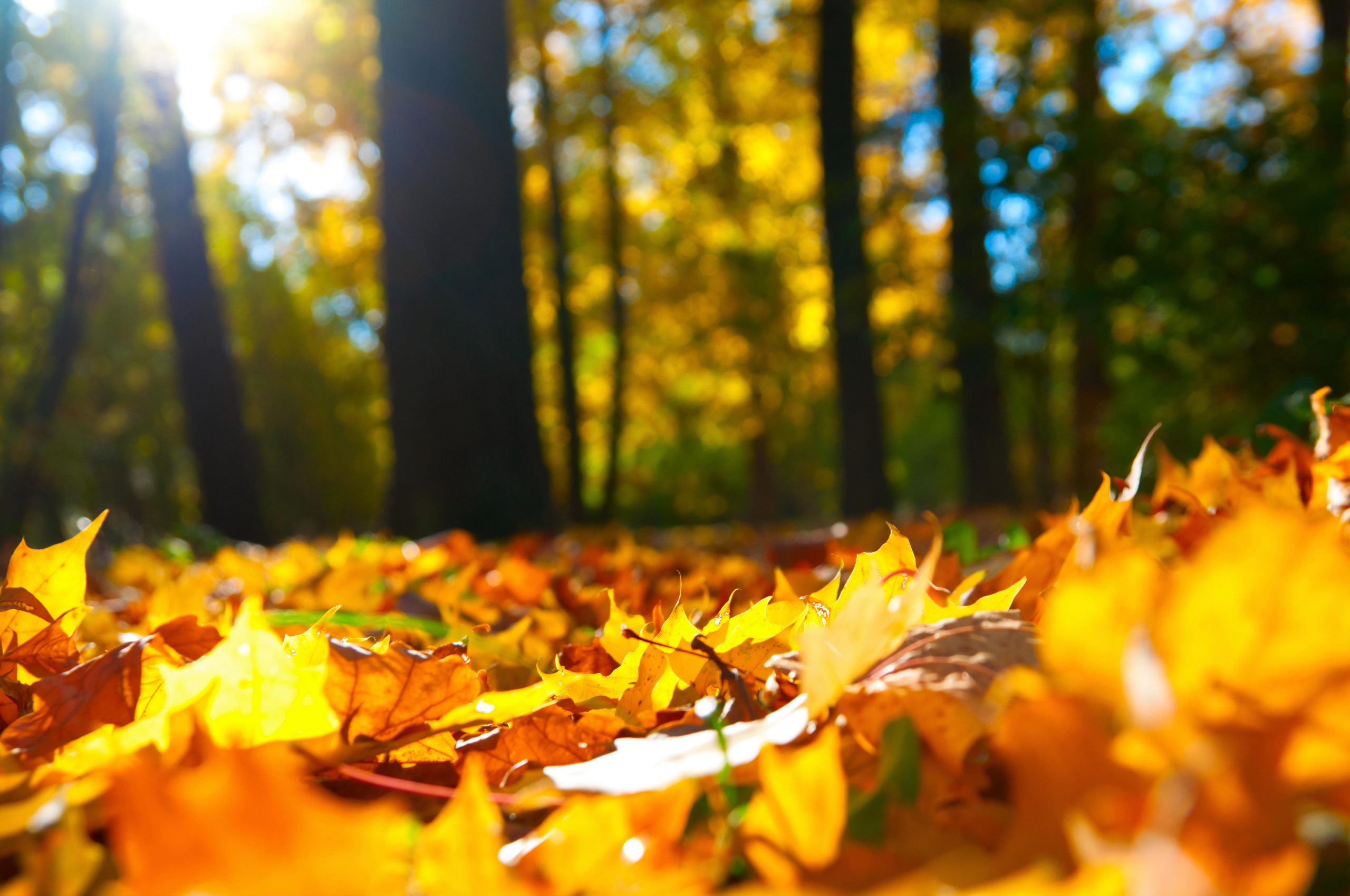Written by Dr. Pat Nardini, ND
Winter can be a time of fun for some of us, but for others, it can be a long season. The crisp weather and reduced daylight hours can combine to produce some nasty winter symptoms.
Now, I’m not talking about the colds and flus that can hit us at this time of year. I’m talking about the mental and emotional changes that can occur for some of us during the winter season.
This can simply mean a dip in energy or feeling a bit “down”, or it can be more serious.
You may find yourself thinking “why do I feel so sad in winter?” But you’re not alone! Many suffer from a condition known as Seasonal Affective Disorder, or SAD for short (one of the most appropriate acronyms out there).
Neurotransmitters and SAD
As the name suggests, the symptoms of SAD occur in certain seasons, namely fall and winter, and disappear in the spring and summer.
One theory of SAD proposes that the reduced number of daylight hours during the fall and winter causes changes in the brain chemicals called neurotransmitters.
The two neurotransmitters that seem to be the most important in SAD are serotonin and melatonin.
This is believed to predispose a person to typical depressive symptoms like sadness and hopelessness and to “atypical” symptoms like excessive sleep, lethargy, cravings for carbohydrates (including sweets), overeating, and weight gain.
Conventional Treatment for Seasonal Affective Disorder
Since SAD is associated with depression, conventional treatment of SAD sometimes includes the use of anti-depressants.
Some medical doctors and alternative practitioners may prescribe light therapy, which has been shown to reduce the depressive state of SAD. The idea is that increasing your exposure to light will normalize the brain’s melatonin levels – melatonin is normally produced in your sleep, when it’s dark.
When your melatonin is normalized, it will help bring your serotonin into balance, which can help your mood.
Bright white “full spectrum” lamps that emit 10,000 lux of light are used for this purpose. It is recommended that you sit 30-60 cm from the light source, not looking directly into the light, for 30-60 minutes a day.
Alternative treatments for Seasonal Affective Disorder
A naturopathic approach to both SAD and to the less severe “blues” that may occur in winter, will be multi-faceted.
5-HTP, a pre-cursor to tryptophan, can help to stabilize levels of serotonin and melatonin in the brain, which, as I mentioned earlier, may help your mood.
Vitamin D, in addition to being important for bone health and your immune system, may be helpful in regulating mood. Studies have shown that low vitamin D levels are associated with depression.
St. John’s Wort has been extensively studied for its anti-depressant qualities. Acupuncture can be used to regulate energy flow in the heart and liver organs to address mood changes.
And exercise, especially in daylight, is an extremely powerful way to improve one’s emotional state.
Of course, any attempt to restore balance in the brain’s neurotransmitters to improve mood must also address any underlying inflammation, nutrient deficiencies, digestive problems, and issues with blood sugar regulation.
These natural treatments, under the supervision of a naturopath, can make a big difference in how you feel during the winter!
If you suffer from SAD and feel that alternative treatments may be helpful, make sure to consult with a qualified health practitioner. Only by addressing all of the issues that may be influencing an individual’s emotional state, will it be possible to cure the “Winter Blues”.





